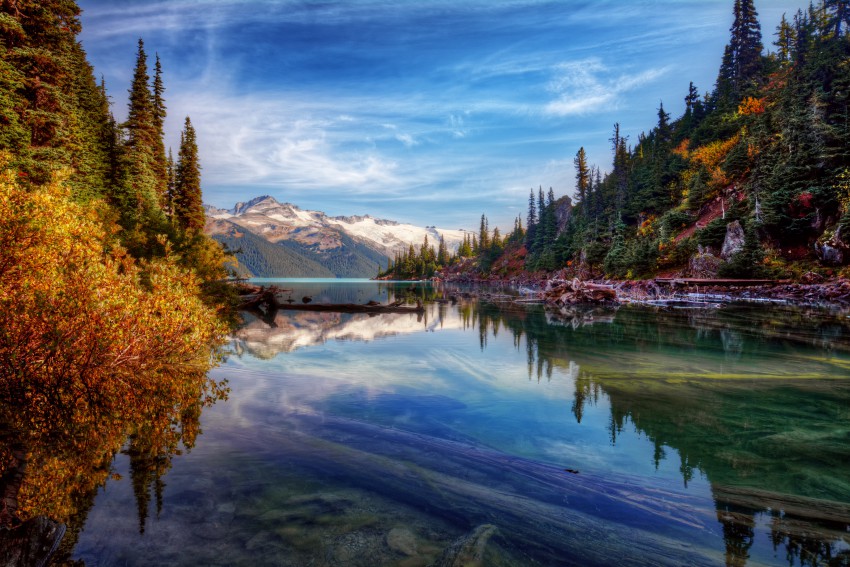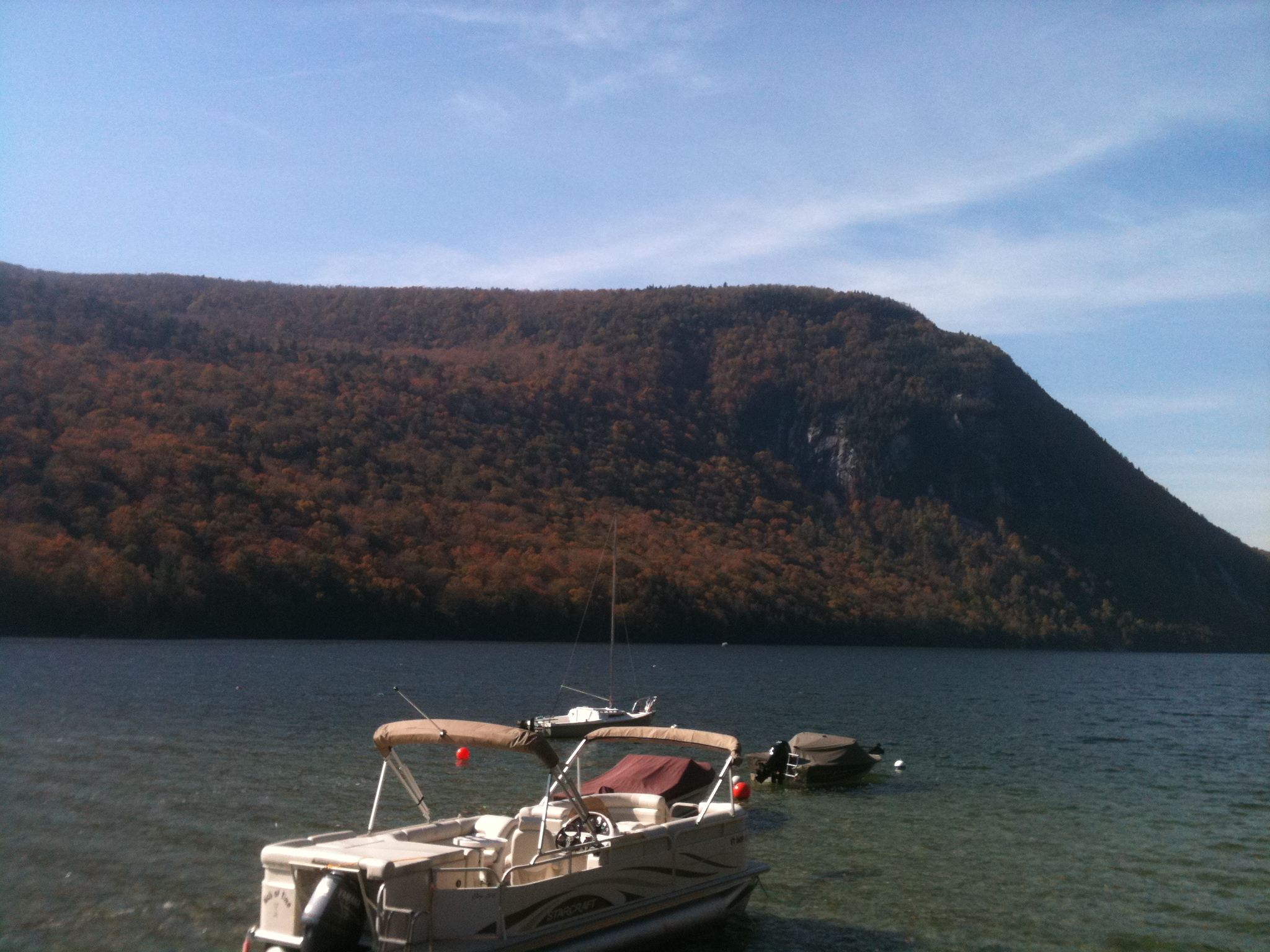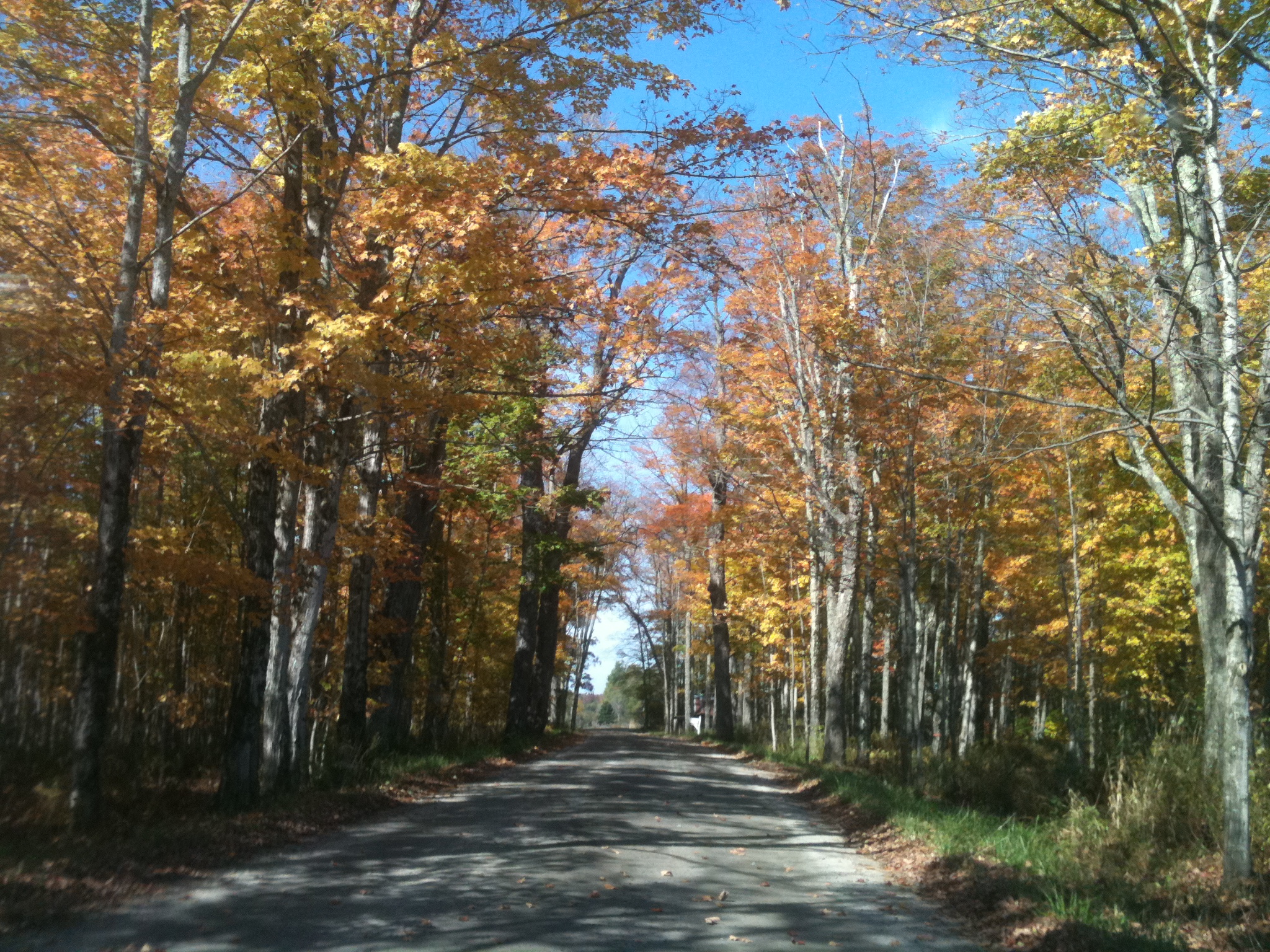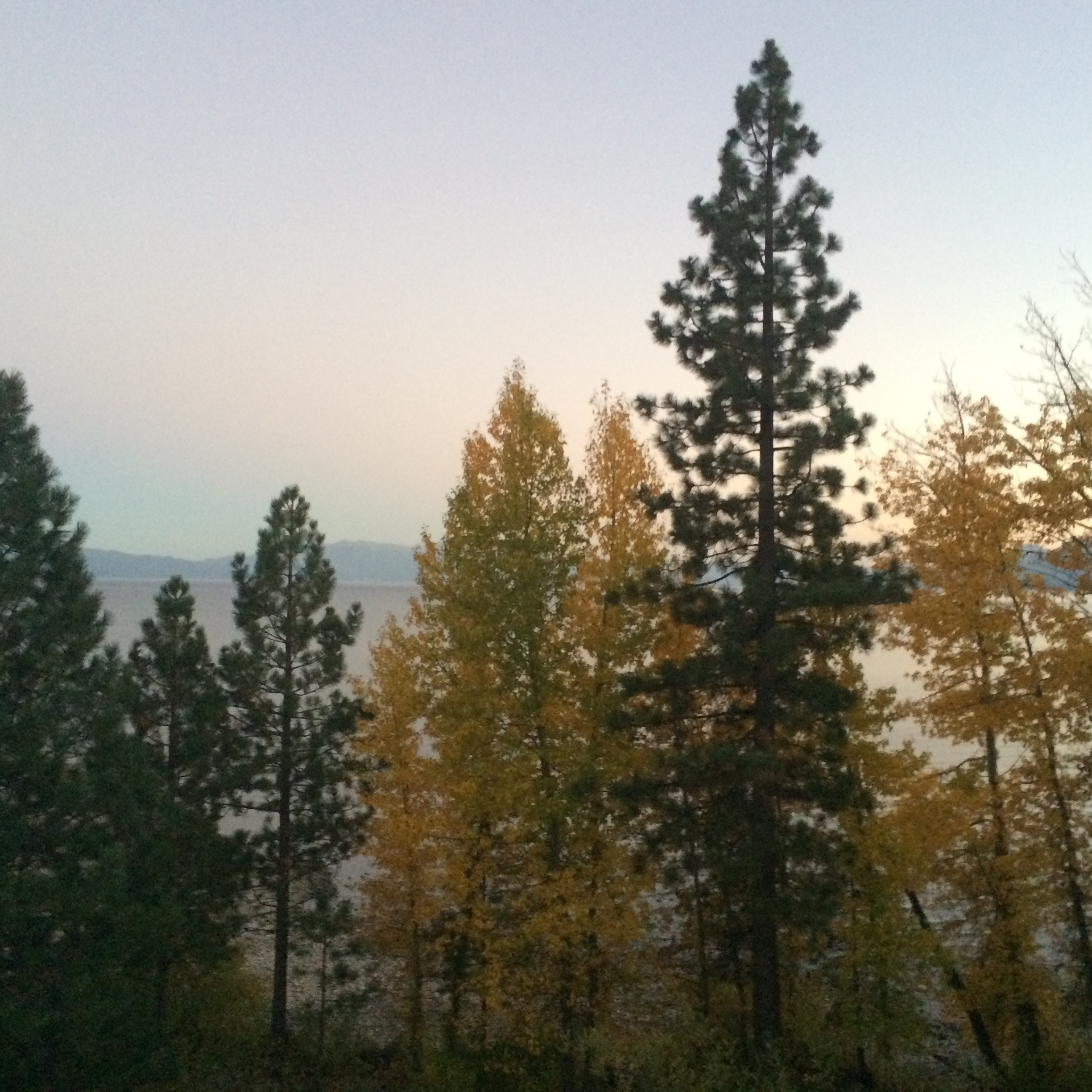The Background of Why Leaves Change Colors
The first subtle sign of fall approaching is the change of color in leaves. Most people assume that the changing of leaves is caused by the cooling weather. However, the longer nights are a main contributor to leaves changing in deciduous trees. During the spring and summer, chlorophyll in plants is broken down by sunlight, through photosynthesis, to provide nutrients to the plant. Throughout these warmer months, the leaves have to produce more chlorophyll to help retain the green coloring and promote photosynthesis. As fall approaches and nightfall increases, the trees goes into hibernation mode, ceasing production of chlorophyll, since there isn’t enough sunlight through the winter months for photosynthesis to effectively take place. As a result, the leaves become more fragile and the color pigments are exposed (USDA, 2014). The common red to blue color pigment found in leaves is called anthocyanins, which is found in flowers, leaves and fruits (The Science of Color in Autumn Leaves, 2015).
Weather Impacts On Fall Foliage
Even though the weather doesn’t cause the change of fall foliage, it still plays a role in the quality of the foliage colors. Temperature, sunlight, and soil moisture are the main weather impacts. The best weather conditions during the growing season for a great fall foliage is for a good amount of rainfall, ample sunshine during the fall, and cool frostless nights. Also, a lack of rain and windstorms during the fall will lead to a longer duration of the fall foliage (The Science of Color in Autumn Leaves, 2015).
Timing Of The Peak Fall Colors
Beginning in late summer, people start to notice some trees producing early foliage colors. Figure 1 shows the normal peak fall colors across the United States. Beginning in late September/early October, peak foliage colors occur across higher elevations of the Appalachian Mountains, Rocky Mountains, and across the Northern Plains/Great Lakes region. During mid and late October, much of the northeastern US, Great Plains, Lower Great Lakes, and the Inter-Mountain West experience peak foliage colors. The last part of the country to experience peak foliage is across interior southeastern US and Southern Plains.
Forecast
The prediction for this year’s fall foliage is calling for vibrant colors. For the next 3 months, the Climate Prediction Center is calling for above average temperatures and below average rainfall. These conditions will result in average fall foliage. These conditions are not ideal for producing the best fall colors due to the abnormally dry conditions and warmer temperatures. Also, the duration of the foliage may last longer with a lower chance of early freezes.
Economic Benefits of Fall Foliage
In my opinion, the best place to see the fall foliage is across the state of Vermont. Generally, the state receives around 460 million dollars from tourism during the fall season. What gives Vermont an advantage to other states is the mountainous terrain and the presence of the sugar maple tree. 25 percent of trees in the state are sugar maple trees, which produce some of the best foliage colors (“Leafpeeping” is big business in Vermont, 2014).
Photos of the Foliage
by Jebril Postle, September 2011, at Lake Willoughby, Vermont
by Jebril Postle, September 2011) at Lake Willoughby, Vermont
by Jebril Postle, September 2011) at Lake Willoughby, Vermont
by Jebril Postle, September 2011) at Lake Willoughby, Vermont
Sources
A). “Leafpeeping” is a big business in Vermont. CBS Interactive Inc.
16 October. 015. www.cbsnews.com/news/leaf-peeping-is-big-business-in-vermont/. 16 September, 2015.
B). The Science of Color In Autumn Leaves. The United States National Arboretum. 16 September, 2015. www.usna.usda.gov/PhotoGallery/FallFolliage/ScienceFallColor.html. 16 September, 2015.
C). Figure 1: Fall Foliage Maps. PAGOSA SPRINGS JOURNAL. 12 October, 2008. http://pagosasprings.com/wp-content/uploads/2008/10/fall-foliage-map1.jpg.15 September, 2015.





